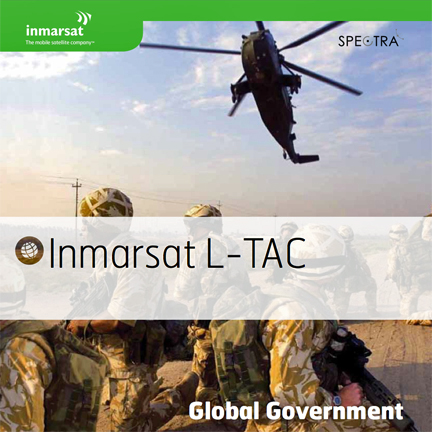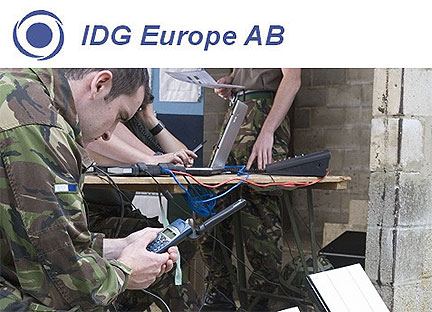 [SatNews] Inmarsat has announced that IDG Europe, an Inmarsat service provider that has been serving the Swedish government market since 1992, has been appointed an L-TAC Services distributor.
[SatNews] Inmarsat has announced that IDG Europe, an Inmarsat service provider that has been serving the Swedish government market since 1992, has been appointed an L-TAC Services distributor.With a wealth of experience in satellite communications and radio systems, IDG Europe is the perfect partner to help Inmarsat promote the use of the specialist L-TAC service in the European Economic Area. Goran Johnson, CEO IDG Europe, said, “The fact that L-TAC works with both UHF and VHF radios and facilitates military-civil cooperation makes it a fundamental tool for many field operations, including homeland security. Our in-house field experience means that our staff have already identified situations where L-TAC can have a crucial impact on operational success.”
Peter Dingley, Vice President Offer Development, Inmarsat Global Government, said, “L-TAC was an Inmarsat innovation built around the military requirement to achieve more capability with existing tools. Based on the TACSAT system, the L-TAC service uses the client’s existing radios and enables them to operate over the Inmarsat I-4 satellite network. IDG Europe is a perfect regional partner as they have technical expertise across both satellite and radio applications as well as strong local relationships with the Swedish government. We believe that the L-TAC service will fill a crucial gap in operational communications in the Swedish market.”
To access the L-TAC service, users require only an easy-to-install antenna adapter for their existing tactical radios. With this simple addition, no additional training, certification or infrastructure is needed. The L-TAC antenna is also significantly smaller than most UHF SATCOM antennae, providing the added benefit of a lower profile terminal. This interoperable augmentation capability allows tactical users to meet their security and reliability requirements affordably and cost-effectively through L-band spectrum leases for durations as short as one month.
L-TAC will also support the civil government market for activities such as emergency response and homeland security. By enabling interoperability between UHF and VHF radios on the same network, government agencies and civilian personnel will be able to coordinate more effectively in the event of a major incident or civil emergency. This capability can create major savings for government by instantly lighting up nationwide mutual aid networks—covering large areas cost-effectively with existing equipment, while permitting extended reach for new public safety networks now in design.


